Railways not to seek more funds from Budget: Piyush Goyal
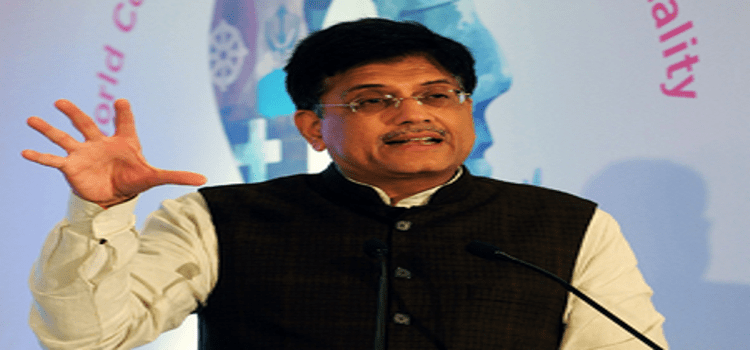
Indian Railways is not looking at more funds in the upcoming Union Budget for 2018-19 as it is focussed on monetising assets within, Railway Minister Piyush Goyal said.
The Budget that Finance Minister Arun Jaitley presents on February 1 next year will be the second after the railway and Union budgets were merged in a break with the colonial-era tradition.
He was replying to a question on what the focus area of the funds that the Railways would seek from the Union Budget.
“We are looking at a much faster and efficient delivery of service to passengers and to our customers for freight,” he said.
Goyal, who after transforming the power sector took over the railway portfolio in September, said the Asia’s oldest railway network will not be constrained of funds at all.
“To my mind, there are many opportunities in the Railways to monetise assets within the Railways. So frankly, I will not be constrained for funds at all,” he said.
The Budget that Jaitley presented on February 1 this year broke the tradition since 1924 of having a separate railway budget.
In it, he announced the largest-ever allocation of Rs 1.3 lakh crore to the Indian Railways, with a gross budgetary support of Rs 55,000 crore.
He also said the Budget for 2018-19 can allocate more funds for public welfare.
“So, Finance Minister Mr Jaitley can provide more funds for public welfare to health and education out of the funds which he will save from the Railways,” he said.
Asked if a fare hike is ruled out, Goyal said, “I believe we need to do an efficiency hike more than a fare hike.”
How Isro is helping Indian Railways to curb accidents at unmanned crossings
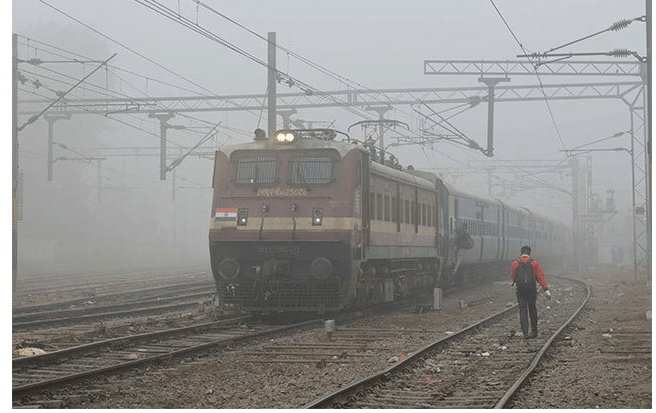
Keeping a watch
Indian Space Research Organisation (Isro) is helping the Indian Railways use its satellite-based system to check accidents at unmanned railway crossings and track train movements on a real-time basis.
Testing underway
Isro and the Indian Railways have been working together on this pilot project since June. Under the project, IC chips have been installed on five engines of trains on different routes. The testing on the satellite-based hooter system has been going on since June to check if it is reliable and can function under different climatic conditions.
Satellites used for the project
Isro is using its constellation of seven navigation satellites (IRNSS or NaVIC) for the railway safety system as the technology, once the pilot project is over successfully, will be installed on all trains across the country in phased manner.
Railways to use Artificial Intelligence for preventing signal failures
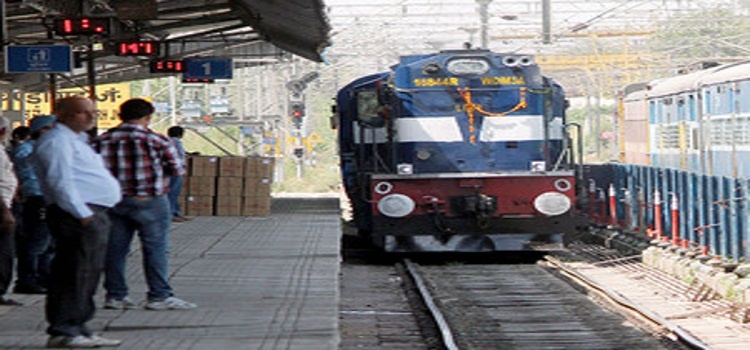
The Signalling system is vital for safe train operations and the railways completely depend on the health of its signalling assets alongwith real time information.
“Now, we are introducing remote condition monitoring using non-intrusive sensors for continuous online monitoring of signals, track circuits, axle counters and their sub-systems of interlocking, power supply systems including the voltage and current levels, relays, timers,” said a senior Railway Ministry official involved with the project.
As a result, any flaws or problems in the signalling system would be detected on a real time basis and rectified to avoid possible delays and mishaps.
2 Suspected Bangladesh Terrorists, Indian Operative Arrested In Kolkata
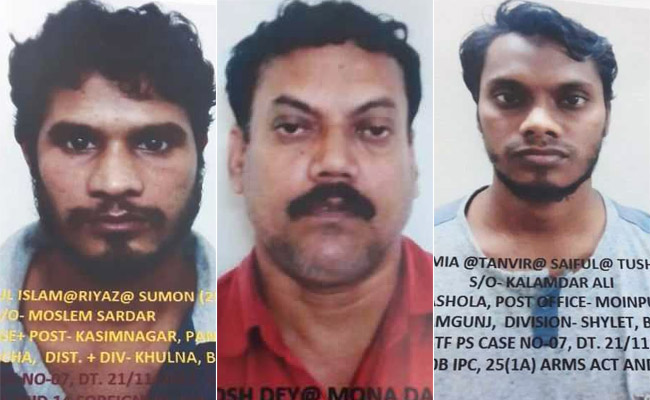
Two terror suspects from Bangladesh and a Bengal-based arms dealer were arrested today at the Kolkata Railway Station by the elite Special Task Force (STF) of the police. One of the Bangladeshis had a fake Aadhaar card. They had met up with the gun-runner to strike an arms deal.
Based on flash drives, papers and other seizures from the two Bangladeshis, the STF said they appear to be operatives of Ansarul Bangla, a terror outfit operating in Bangladeshi till it was banned recently.
Besides links with several murders of bloggers in that country, Ansarul Bangla is also known to have links with the Al Qaeda in the Indian Subcontinent or AQIS.
he two Bangladeshi nationals are 25-year-old Samsad Mian aka Tanvir aka Saiful of Sylhet district and 26-year old Riaz aka Riazul Islam aka Sumon of Khulna district.
Samsad Mian has a fake Aadhaar card in the name of Tushar Biswas. Samsad claims he is a civil engineer.
Monotosh Dey, 46, is a resident of the Bashirhat area of North 24 Parganas district about 100 km from Kolkata.
A 32 mm pistol and a “one-shotter” gun were seized from the trio. Also seized, a book on how to make explosives, visiting cards of shops selling chemicals, books on how to reconnoitre an area, speeches in Bengali and English related to Al Qaeda, laptop and flash drives.
Some papers with the words ‘Eden Gardens’ and ‘Dharmtala’ – two key places in Kolkata – were also recovered from them.
“We got the central intelligence tip off just after the Durga Pujas, when preparations were beginning for the Under 17 FIFA World Cup,” said Murlidhar Sharma of the STF.
“We immediately began surveillance in and around Kolkata. It was not easy to trace them as they did not stay in hotels or guest houses but at rail stations and bus stops most times. Four-five days ago, we narrowed down on the two Bangladeshis and caught them when they met with the arms dealer,” he added.
Police will examine the seized material for a clearer idea of the motives of the suspected terror operatives. What is apparently confirmed is that the two Bangladeshis have been in India for the last 18 months but were not able to produce a passport or visa.
Will Phase Out Diesel Locomotives In 5 Years: Railway Minister Piyush Goyal
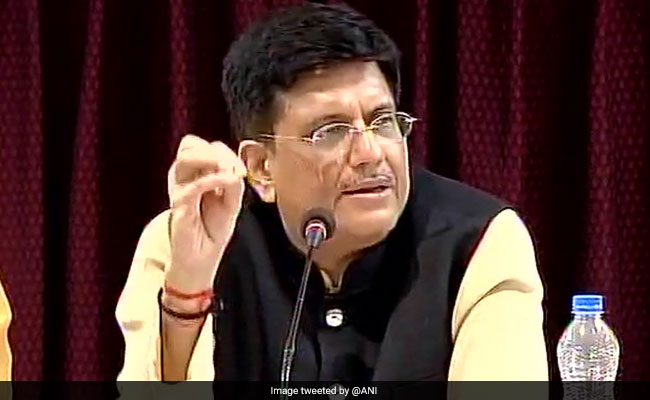
Coal and Railway Minister Piyush Goyal on Tuesday said the Indian Railways will completely phase out diesel locomotives in the next five years and will switch to electric locomotives with the focus on increasing speed.
“We have planned to switch all trains to be electric-driven in the next five years,” Mr Goyal said, addressing the National Executive Council members of FICCI.
By phasing out diesel locomotives, the Railways will save about Rs. 11,500 crore annually, he said.
“The diesel locomotives will be used for back up purposes in the yards.”
Stressing on the safety of passengers, the railway minister also said that he has directed the railway officials to speed up the production of the Linke-Hofmann-Busch (LHB) coaches instead of relying on the Integrated Coach Factory (ICF) coaches.
We are promoting LHB type coaches as they are more safer as compared to the ICF coaches,” he said, adding that June 2018 will be the last month for the ICF coaches to be manufactured.
“I have also asked the rail coach factories to develop the LHB coaches and also asked the Rae Bareli coach factory to double up its production, as it currently has the capacity to build 1,000 coaches annually.”
Mr Goyal said that he had also spoken to Uttar Pradesh Chief Minister Yogi Adityanath to allot 200 acres more land for the expansion of the Rae Bareli coach factory.
He also defined his tenure in the last 77 days as the Railways Minister as a “good learning experience”. “I got a chance to take a number of policy decisions here.”
He said he has taken upward 600 policy decisions on policy matters of the Railways.
“For safety of passengers also we have approved 372 escalators in Mumbai suburban alone and we will have close to 3,000 escalators being set up in the Railways across the country,” Mr Goyal said.
He assured the industry that there is no fund shortage for safety-related items in the Railways.
Railways not to seek more funds from Budget: Piyush Goyal
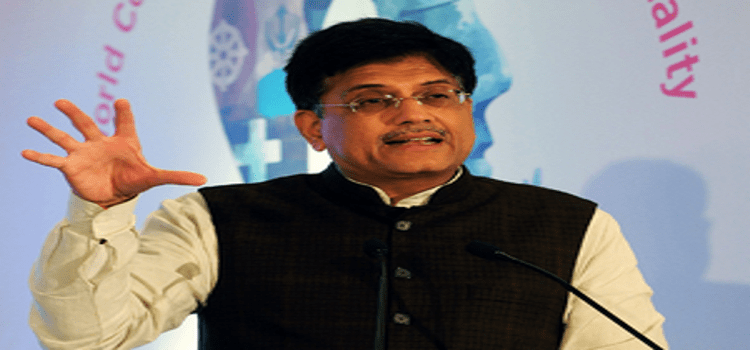
He was replying to a question on what the focus area of the funds that the Railways would seek from the Union Budget.
“We are looking at a much faster and efficient delivery of service to passengers and to our customers for freight,” he said.
Goyal, who after transforming the power sector took over the railway portfolio in September, said the Asia’s oldest railway network will not be constrained of funds at all.
“To my mind, there are many opportunities in the Railways to monetise assets within the Railways. So frankly, I will not be constrained for funds at all,” he said.
The Budget that Jaitley presented on February 1 this year broke the tradition since 1924 of having a separate railway budget.
In it, he announced the largest-ever allocation of Rs 1.3 lakh crore to the Indian Railways, with a gross budgetary support of Rs 55,000 crore.
Also, it was announced that the national carrier will focus on four major areas of passenger safety, capital and development works, cleanliness and finance and accounting reforms.
“We have enough funding for all our safety-related projects, for all our growth plans… for whatever is the investments required, we will be able to raise a large part of that fund internally within the Railways,” he said further.
He also said the Budget for 2018-19 can allocate more funds for public welfare.
“So, Finance Minister Mr Jaitley can provide more funds for public welfare to health and education out of the funds which he will save from the Railways,” he said.
Indian steel shortfall causes clash over Railways demand for rail imports
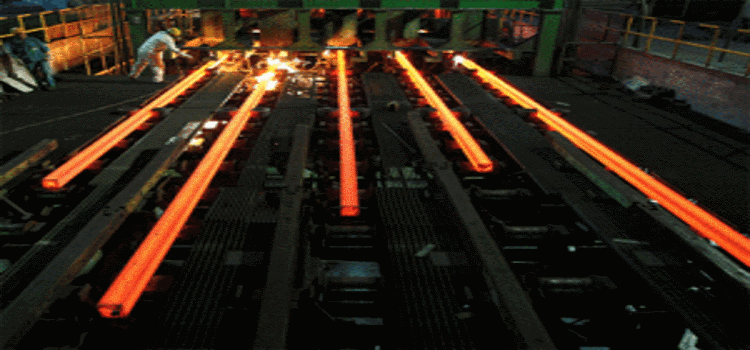
The clash highlights the dilemma the government faces as it tries to promote local production through the “Make in India” campaign at the same time it faces resistance from some state buyers who need to procure goods as quickly and cheaply as possible.
That amount will make up SAIL’s shortfall for the next two financial years.
For the financial year for 2017/18, SAIL is expected to supply 920,000 tonnes, only 65 percent of the target, according to a letter sent by Indian Railways to the Steel Ministry dated Oct. 18 and reviewed by Reuters.
Indian Railways maintains that passenger safety justifies an exemption to the “Make in India” policy. The government could allow an exception if there are shortages or specific grades of steel are unavailable.
In a letter to Lohani from Aruna Sharma, the secretary at the Steel Ministry, dated Oct. 23 and reviewed by Reuters, the ministry urged the railways “to follow the procedure” on steel procurement, but said it would examine the need for a waiver.
In September, Modi named a new railways minister to oversee a $130 billion, five-year modernisation programme and to replace some of the 92,000 km of tracks operated by Indian Railways.
The railways are a lifeline for the more than 20 million mostly poorer people who use it every day. In February, the government launched a $15 billion fund dedicated to ending the rising number of train accidents caused by track defects.
India’s state-owned companies such as SAIL maintain large roles in key industries and infrastructure projects, despite struggling with inefficiencies.
Reuters has previously reported that the railways this year considered ending SAIL’s decades-long monopoly supplying steel.
Indian Railways opens door to private steel manufacturers
The tender gains significance as Steel Authority and Jindal Steel have been trying to boost market share and profits after reporting losses for at least two straight years even as they battle high debt levels. Indian Railways expects annual demand for steel rails to rise to 1.5 million tons in the year ending March from about 800,000 tons in the prior 12-month period.
2020 deadline to redevelop 10 railway stations with airport-like amenities
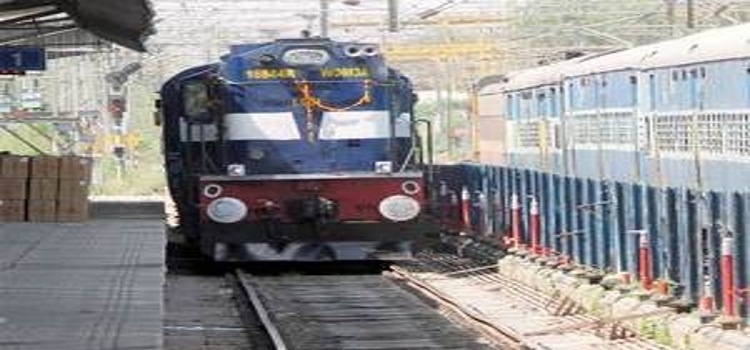
The stations selected for the project are Delhi Sarai Rohilla, Lucknow, Gomti Nagar, Kota, Tirupati, Nellore, Ernakulam, Puducherry, Madgaon and Thane.
